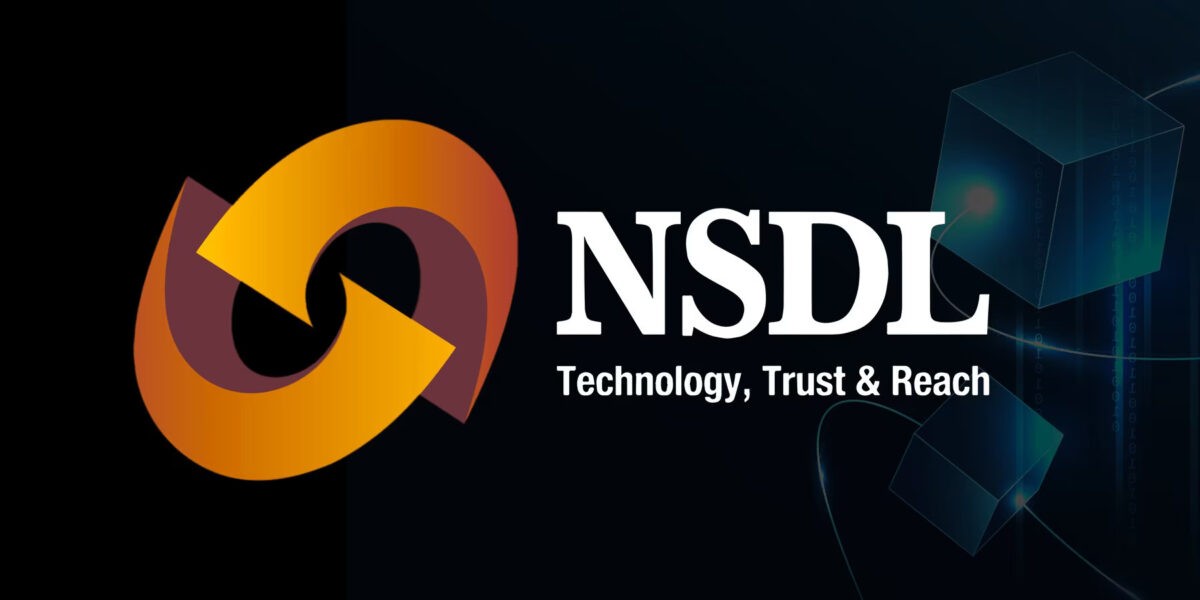India’s industrial and financial sectors are bracing for potential disruption as China imposes stricter controls on rare earth exports. A recent analysis by the State Bank of India warns that this supply shock could have significant downstream effects on manufacturing, trade, and credit institutions.
Strategic Minerals, Strategic Risk
Rare earth elements—critical in the production of electric vehicles, mobile phones, defense systems, and clean energy technologies—may form a minor part of production costs, but their role is irreplaceable due to unique magnetic and thermal properties. In FY25, India imported:
- Rare earth compounds worth ₹265 crore
- Rare earth magnets worth ₹2,418 crore (a marked increase from the ₹2,071 crore average over the past four years)
India’s dependence on China for these imports leaves its industries exposed to external shocks.
Impacted Sectors
SBI’s report identifies six sectors at highest risk:
- Transport equipment
- Basic metals
- Machinery
- Construction
- Electrical and electronics
- Optical equipment
Magnet-based components, often containing up to 33% rare earths, are especially vulnerable. Bajaj Auto, for instance, expects a complete halt in EV production for August due to a shortage of magnets.
Banking Sector Vulnerabilities
The impact is not just limited to physical goods. SBI highlights multiple stress points for financial institutions:
- Disrupted supply chains leading to extended working capital cycles
- Idle capacity causing cash flow issues for borrowers
- Missed export commitments triggering trade penalties
- Potential rise in non-performing assets (NPAs) among affected industries
Policy Response and Strategic Shift
India is responding with structural reforms:
- ₹18,000 crore allocated under the National Critical Mineral Mission (2025–2031)
- A ₹1,345 crore scheme for Rare Earth Magnet Processing under active review
- Efforts to secure international contracts with countries like Australia and the US
- Initiatives to build rare earth recycling infrastructure domestically
Conclusion
China’s rare earth restrictions have exposed key fault lines in India’s industrial and banking frameworks. As global competition for strategic minerals intensifies, India must scale up its investment in critical mineral security and indigenous manufacturing. The next few quarters will likely reveal which sectors are agile enough to adapt—and which financial institutions can withstand the shock.
Top-notch SEBI registered research analyst
Best SEBI registered Intraday tips provider
Telegram | Facebook | Instagram
Call: +91 9624421555 / +91 9624461555





